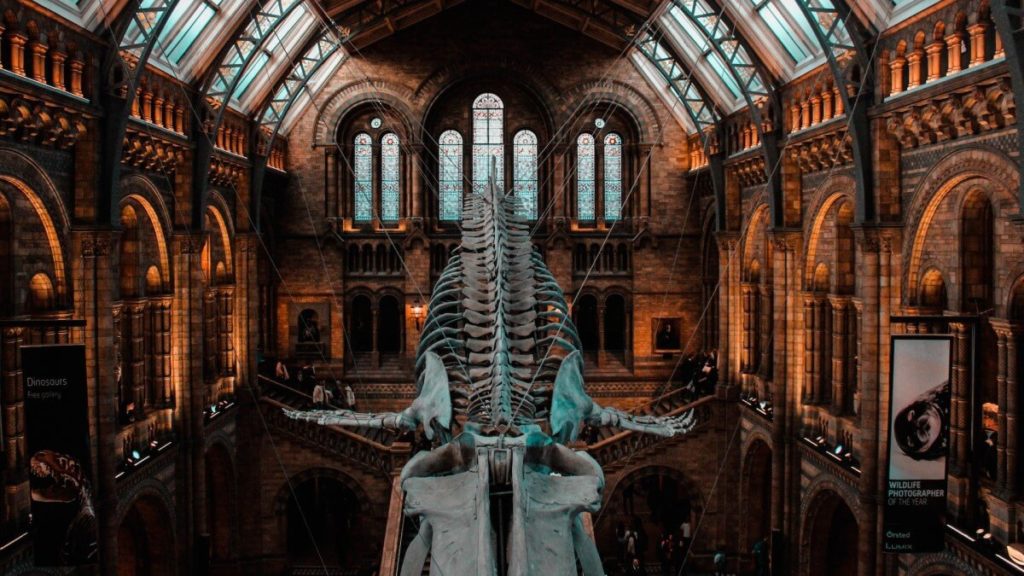
HYPERVSN 3D Catalog
USD 1,200
Qty

HYPERVSN 3D Catalog
USD 1,200
Qty

HYPERVSN 3D Catalog
USD 1,200
Qty
Cart Subtotal:
USD 3,600

Dmitry Shatkov
Ecommerce Manager
Museums are places where people can learn about history, culture, science and art through exhibits that showcase objects, artefacts and stories. Museums aim to educate, inspire and entertain their visitors, but sometimes they face challenges such as limited space, fragile items, outdated displays or lack of interactivity. One possible solution to these challenges is the use of holograms.
Holograms can offer several benefits for museums, such as:
Space-saving: Holograms can display large or complex objects that would otherwise be difficult to fit or transport in a museum. For example, holograms can show dinosaurs, spaceships or ancient buildings in full size and detail.
Preservation: Holograms can protect fragile or rare items from damage or deterioration caused by exposure to light, humidity or human touch. For example, holograms can show manuscripts, paintings or fossils without risking their preservation.
Engagement: Holograms can provide interactive and dynamic experiences that can capture the attention of museum visitors. For example, holograms can allow visitors to explore different angles, zoom in or out, and touch or manipulate objects with gestures or voice commands.
Education: Holograms can convey information and stories in a visual and auditory way that can enhance learning and memory. For example, holograms can show historical figures, events or scenes with narration, sound effects or music.
One of the benefits of holograms is that they can capture the shape, colour, texture, and depth of an object without damaging or altering it. It makes holograms ideal for preserving historical artefacts and monuments that are fragile, rare, or endangered by natural disasters, wars, vandalism, or theft.
For example, in 2015, a team of researchers from Japan used a portable holographic system to record ancient Buddhist statues in Bamiyan, Afghanistan. These statues were destroyed by the Taliban in 2001, but their holographic images were projected onto their original locations as a tribute to their cultural heritage.
Another way that holograms can display history is by creating realistic simulations of historical events and scenarios that can immerse viewers in different times and places. Holograms can recreate scenes from history with high fidelity and accuracy, using data from historical sources such as documents, photographs, paintings, maps, and artefacts.
Holograms can also display history by enhancing museum exhibits and educational materials with interactive holographic displays. Holograms can provide more engaging and informative ways for visitors and students to learn about history by allowing them to see, touch, and interact with historical objects and characters.
Holograms are a powerful technology that can transform museum experiences by creating realistic and immersive displays that save space, preserve items, engage visitors and educate them. Holograms can bring history, culture, science and art to life in a way that traditional exhibits cannot. As hologram technology advances and becomes more accessible, we may see more museums adopting it as a way to enhance their offerings.




subscribe

USD 1,200
Qty

USD 1,200
Qty

USD 1,200
Qty
Cart Subtotal:
USD 3,600☎️